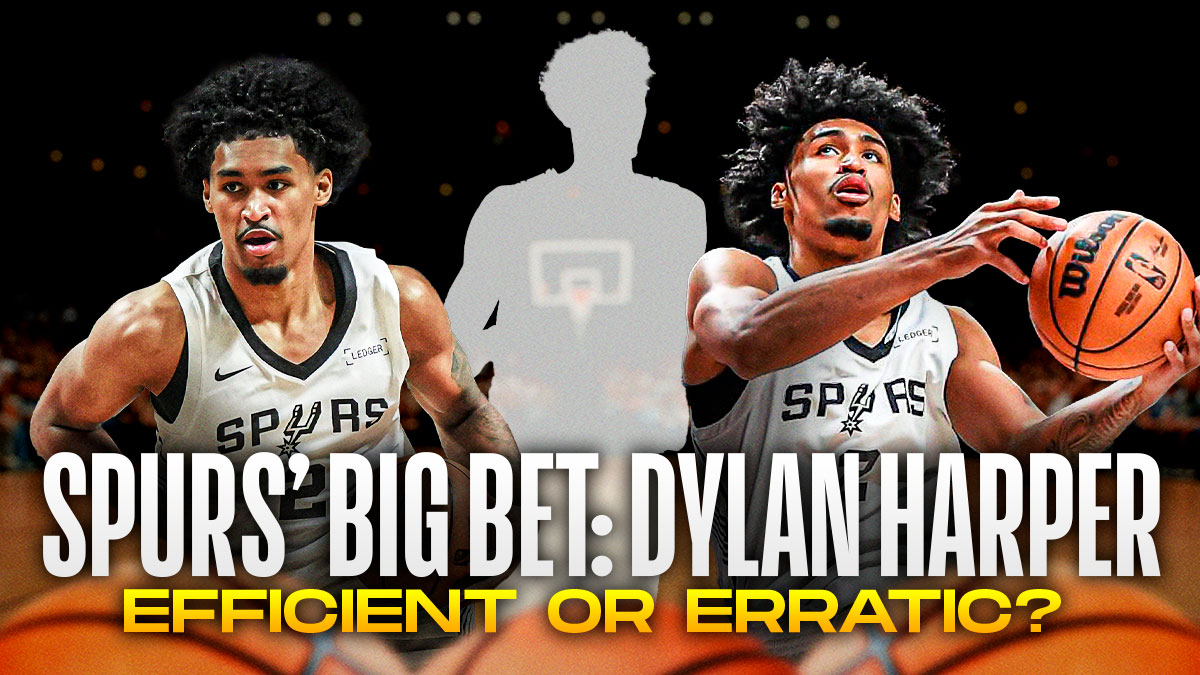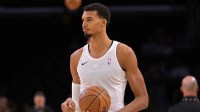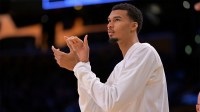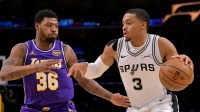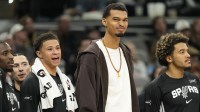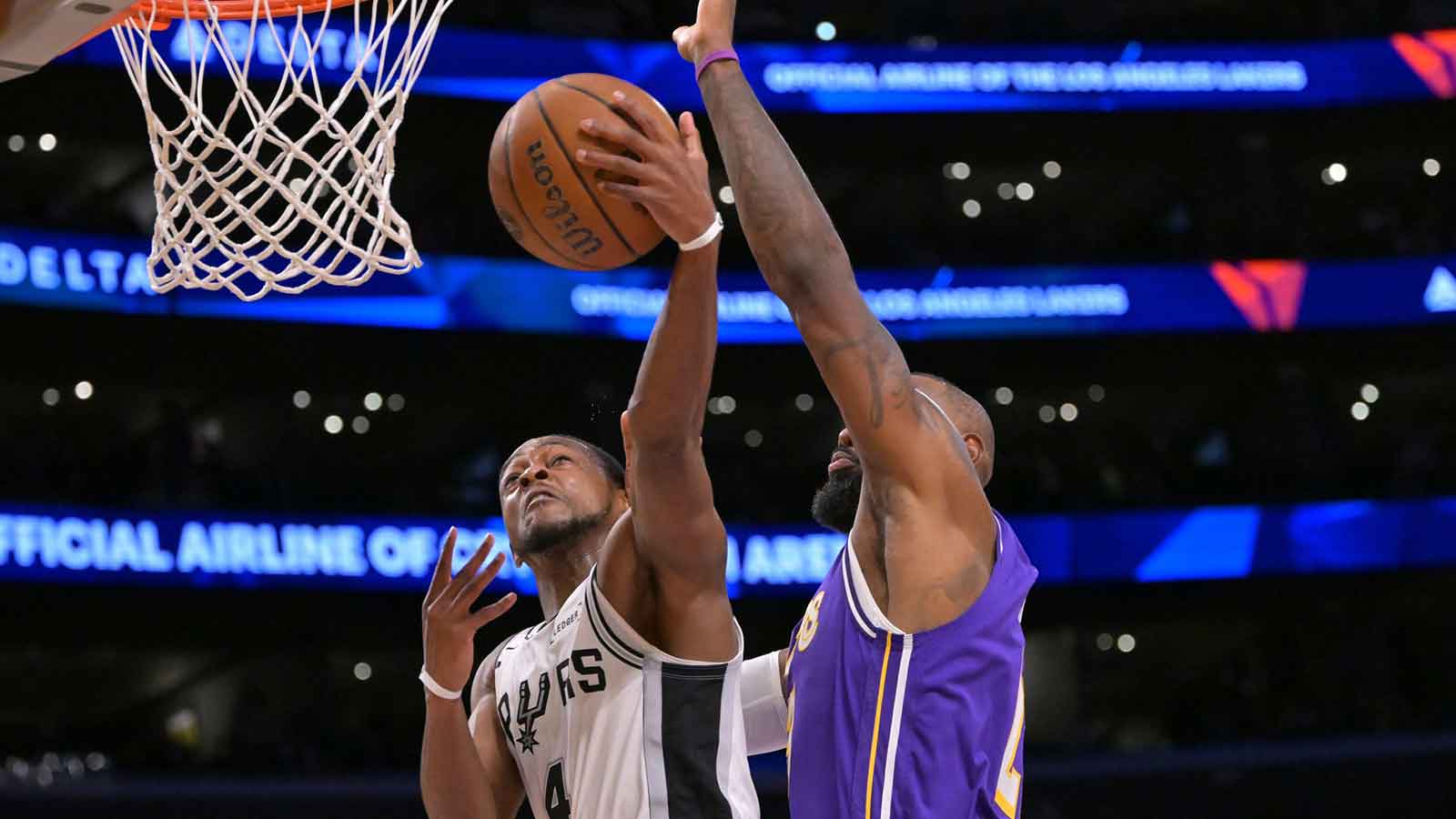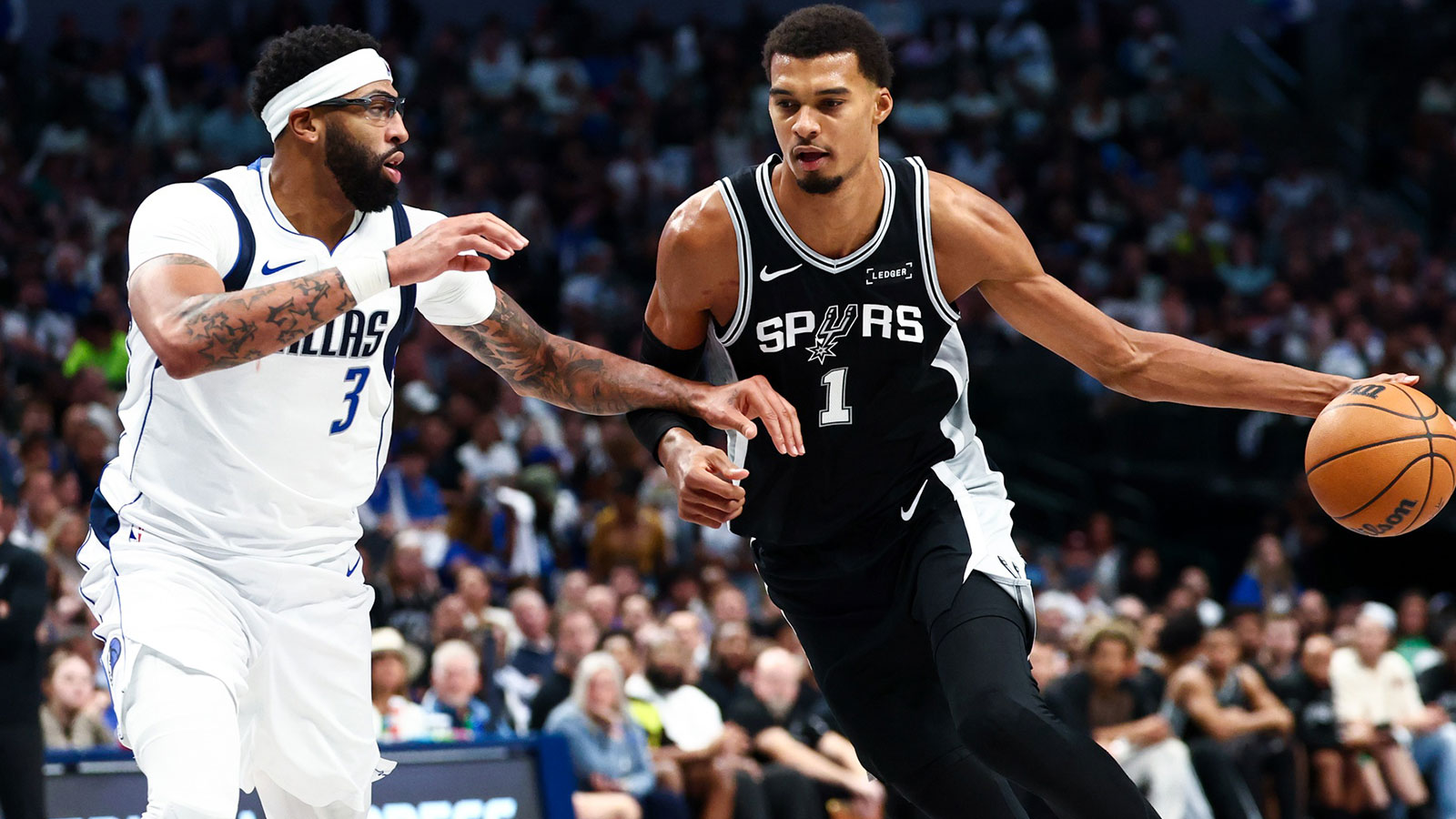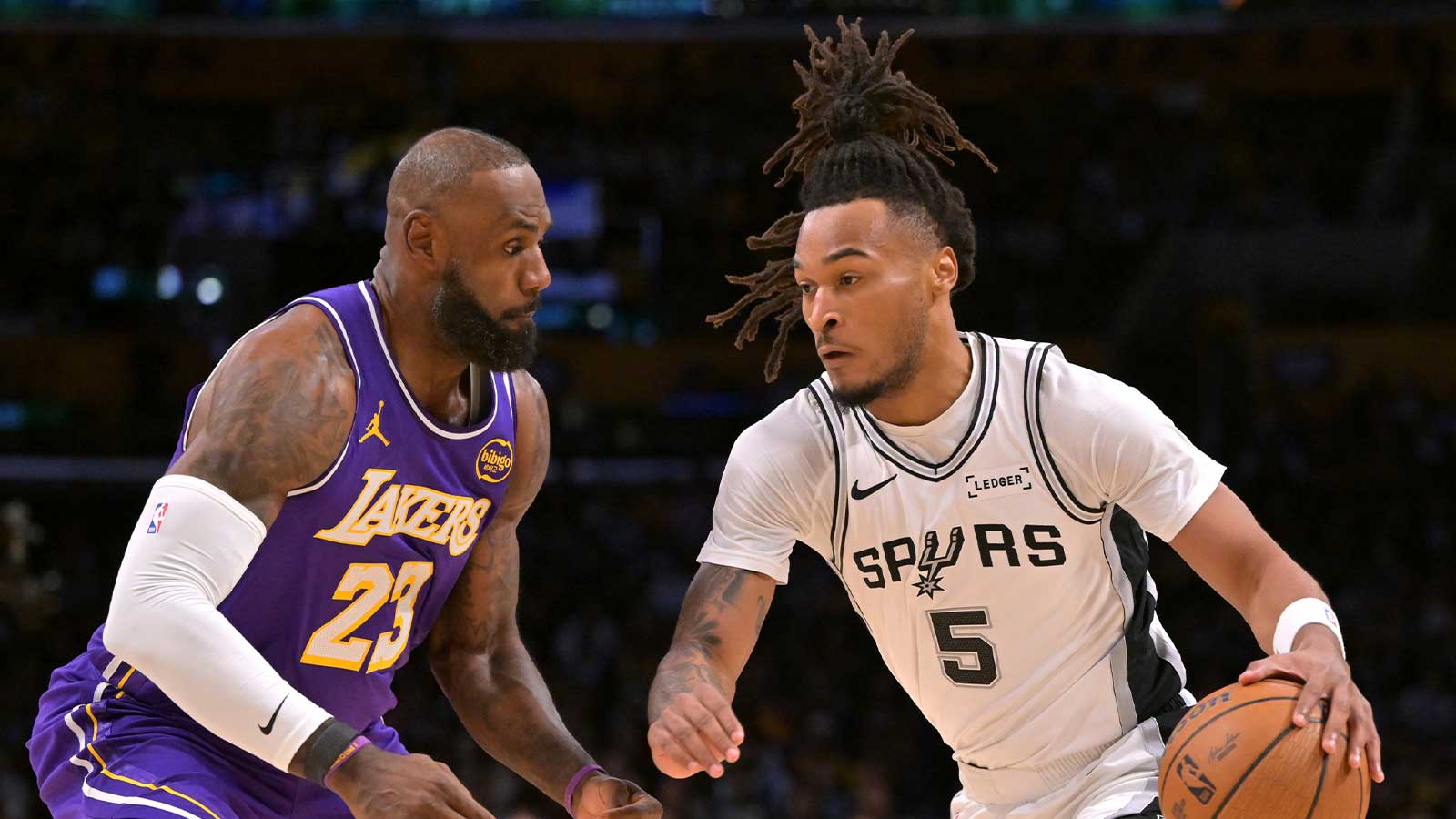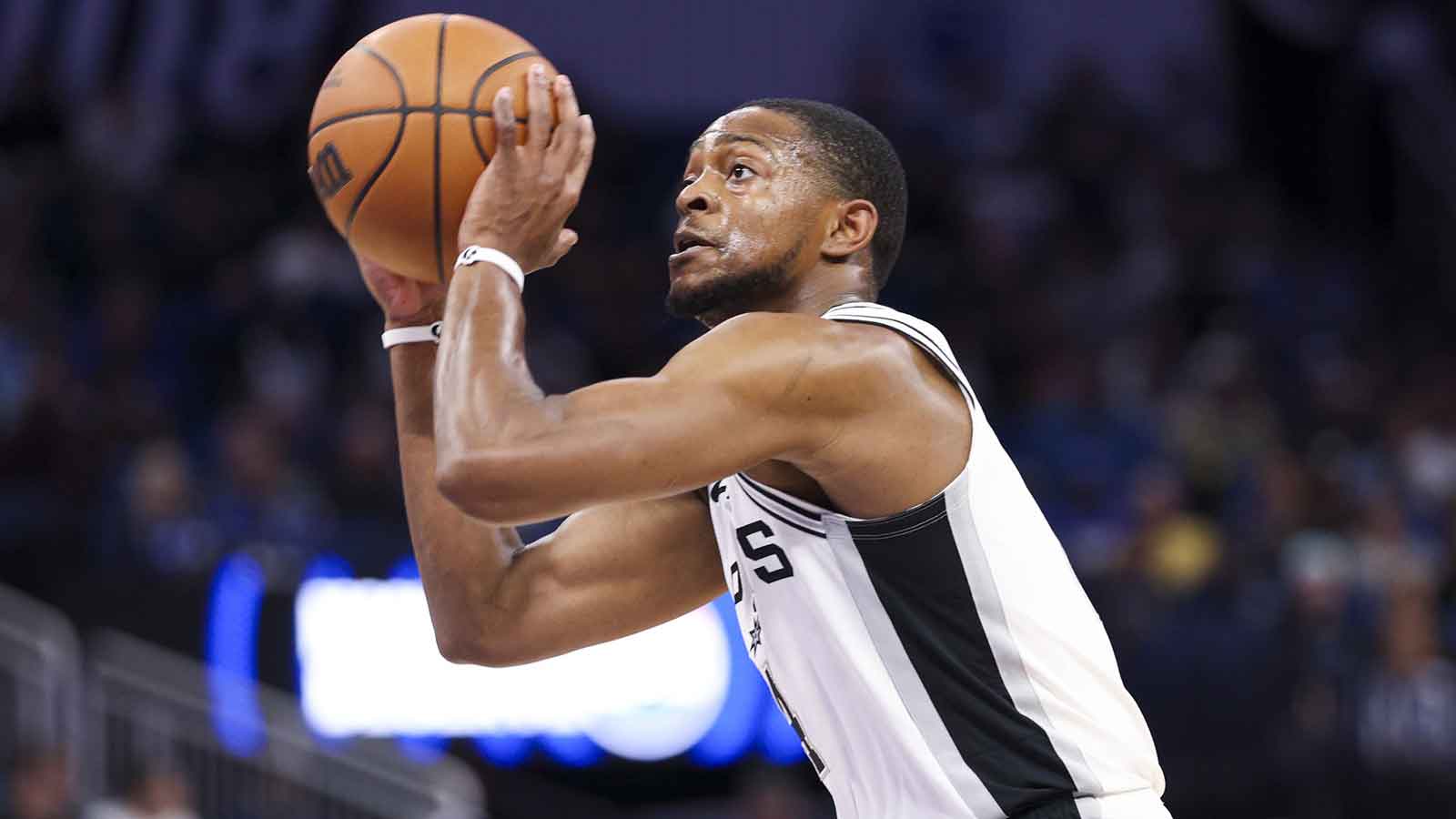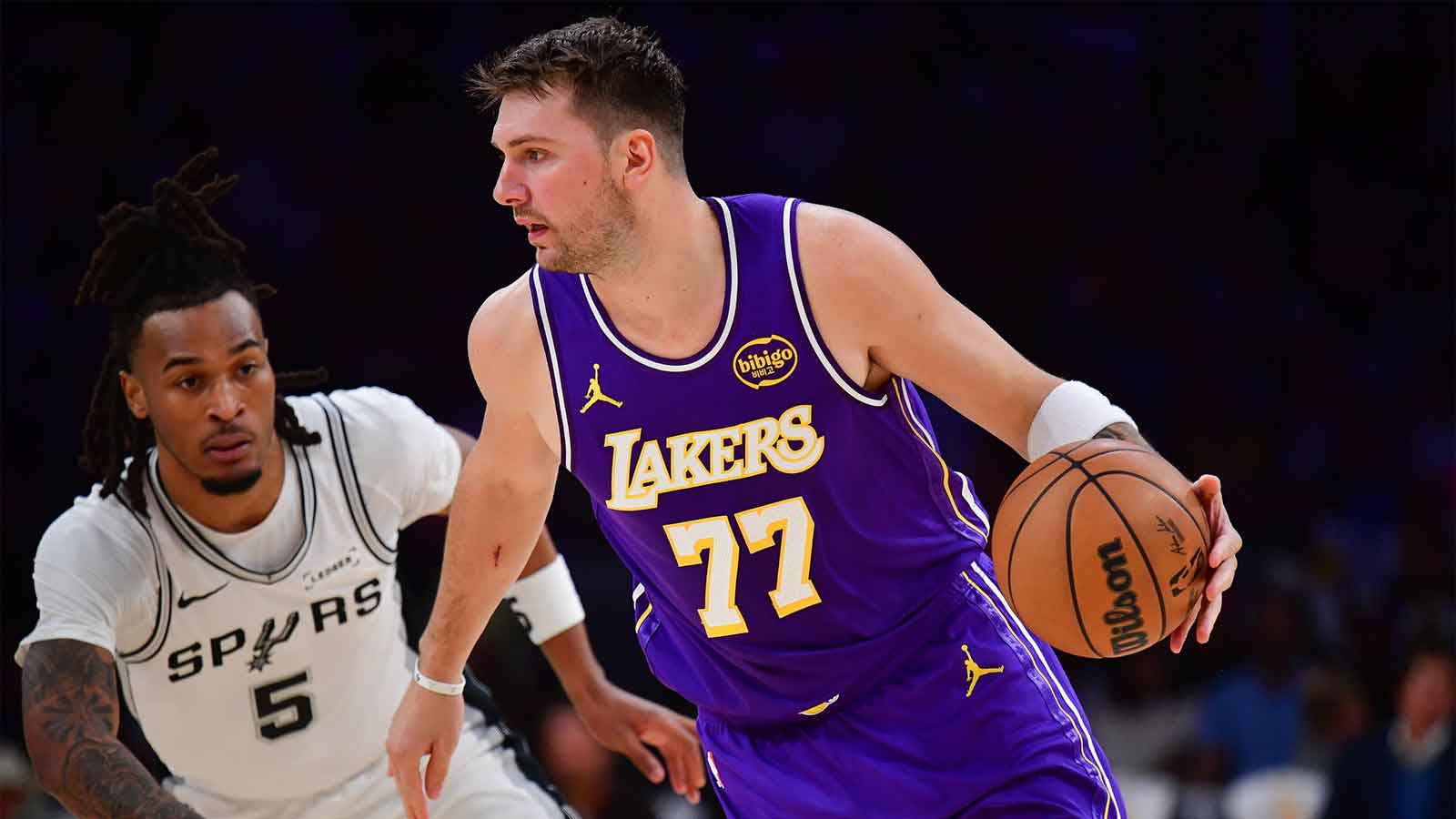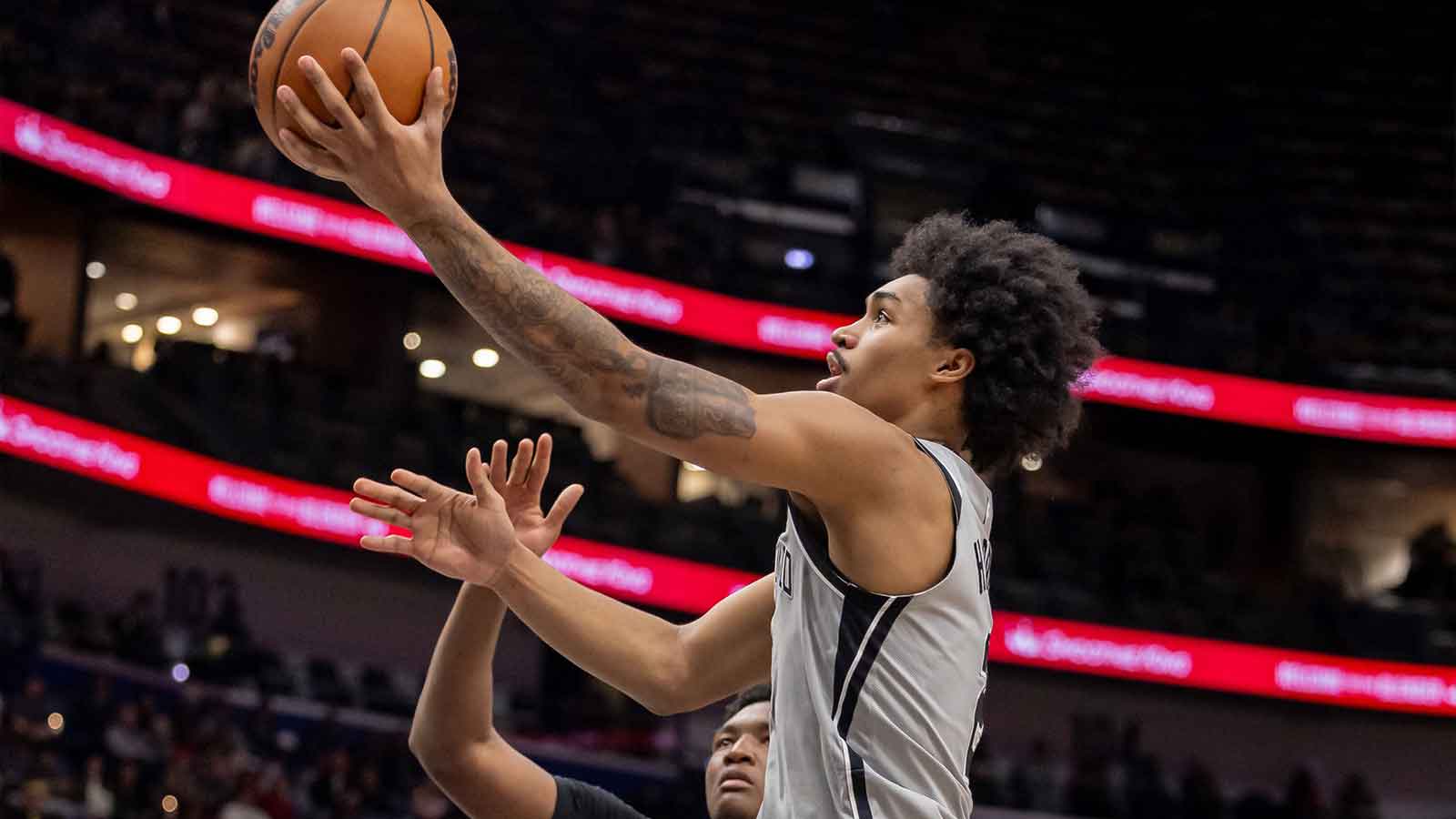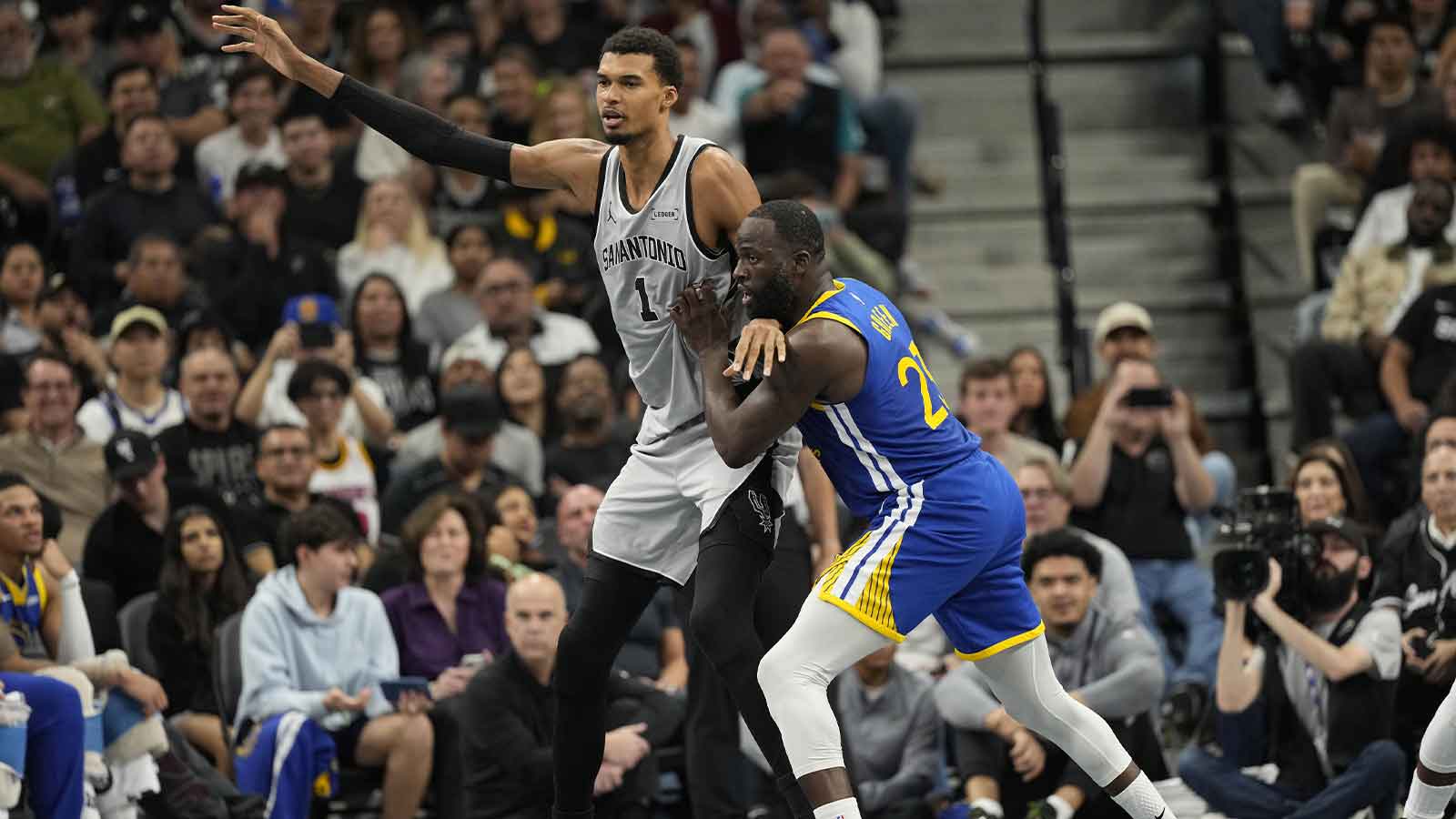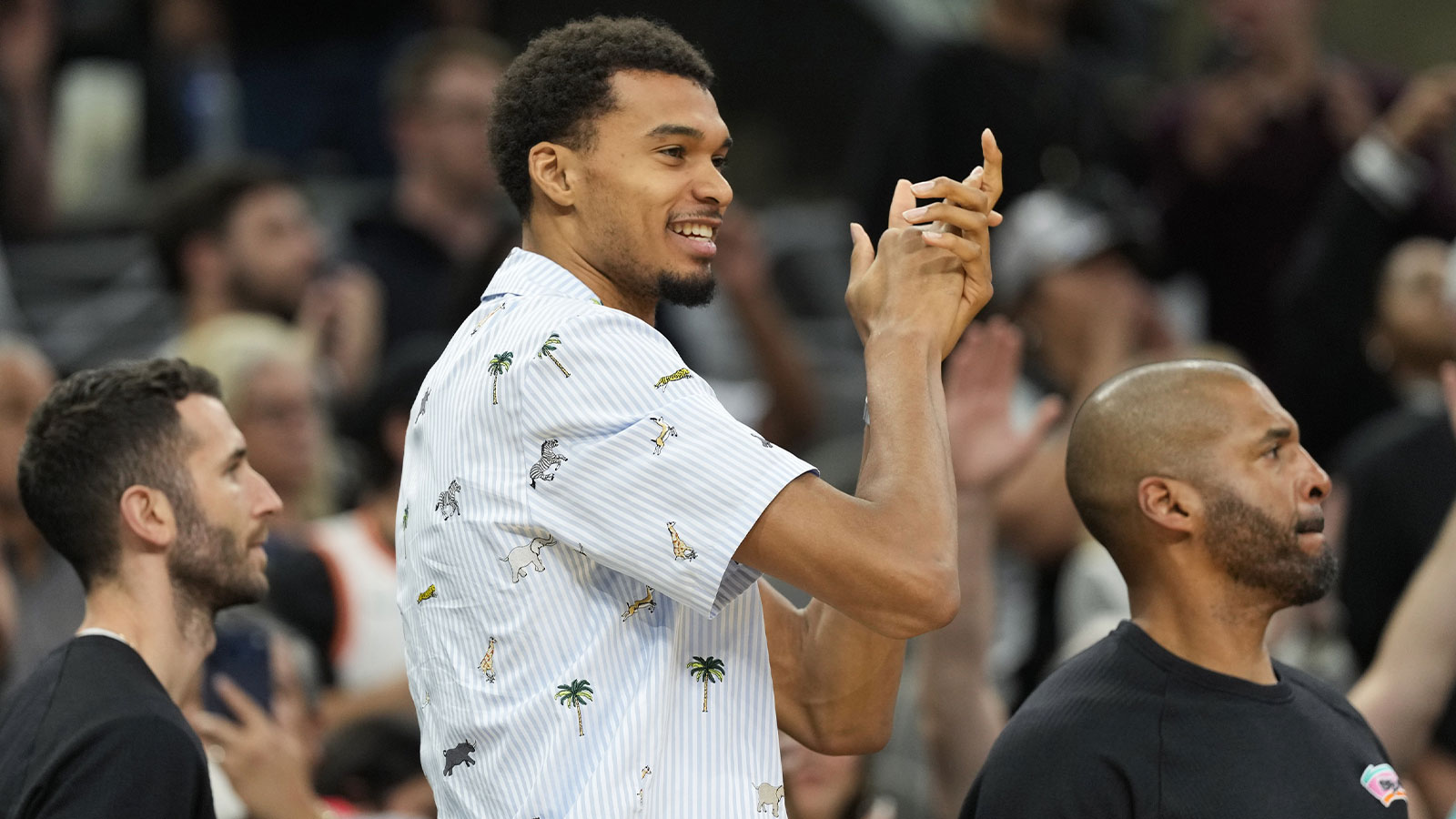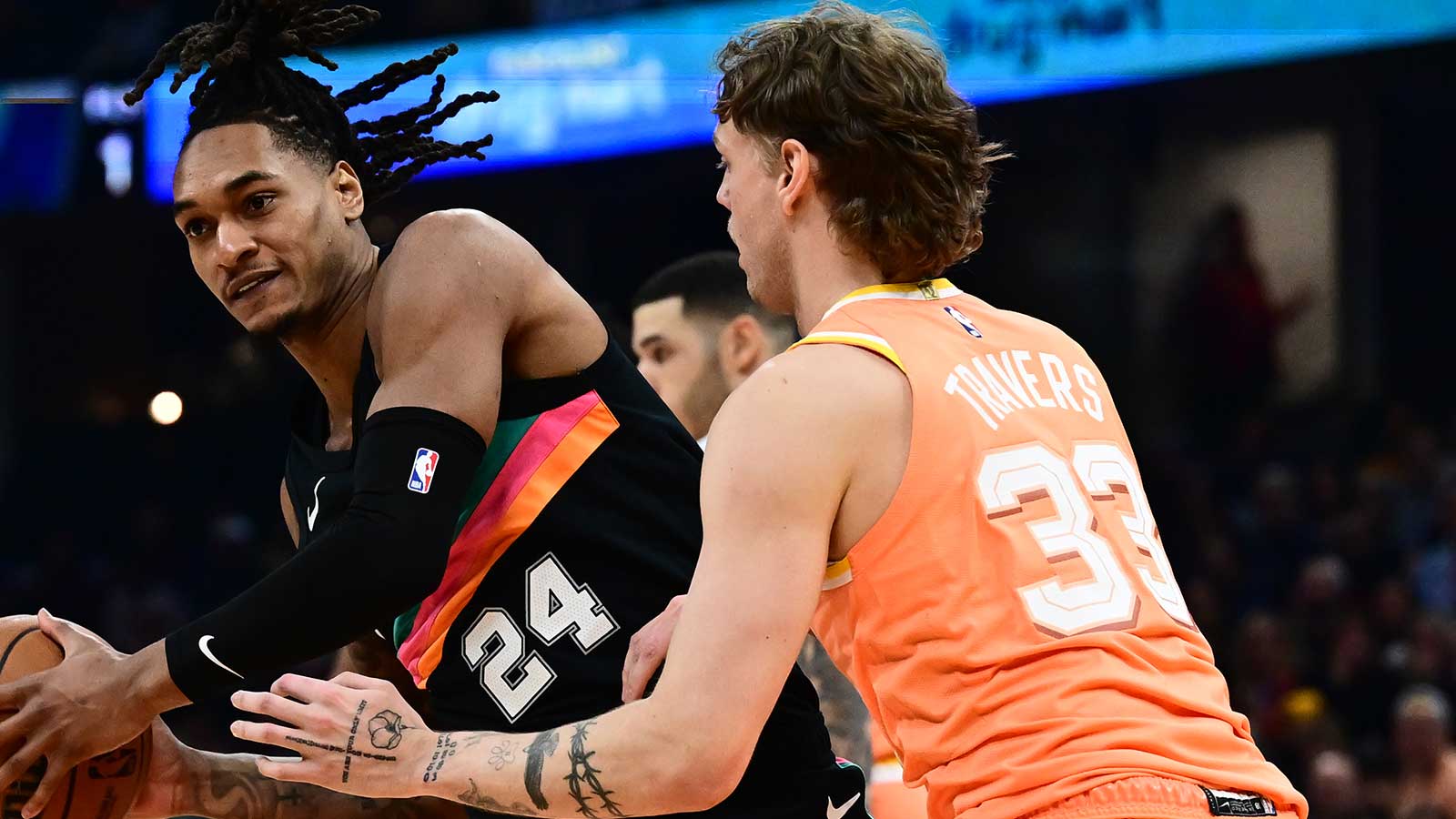The 2025 NBA Summer League in Las Vegas served as the first on-court glimpse of Dylan Harper in a San Antonio Spurs uniform. Selected second overall in this year’s draft, Harper arrived in Vegas with enormous expectations, both from the Spurs’ fanbase and around the league. And while his physicality, poise, and feel for the game all flashed, one issue stood out amid the positive buzz: efficiency.
After missing the California Classic and the Spurs’ first Vegas contest due to a groin injury, Harper suited up against the Dallas Mavericks in a much-anticipated showdown with No. 1 pick Cooper Flagg. Harper poured in 16 points and six rebounds, followed that up with another 16 points against the Utah Jazz. But underneath the scoring were warning signs: poor shooting percentages and limited playmaking production.
The stats behind the Dylan Harper hype
Across two games, Harper averaged:
-
16.0 points
-
2.0 assists
-
2.0 rebounds
-
10-of-28 shooting (35.7%)
-
1-of-5 from three (20%)
At first glance, 16 points per game is impressive, especially for someone returning from injury. But for a guard expected to run the offense and create for others, the numbers feel underwhelming when weighed against the efficiency drop-off.
Dylan Harper going coast to coast for the and-1 🌊 pic.twitter.com/V6l1j00u7x
— NBA TV (@NBATV) July 15, 2025
Moreover, Harper only tallied four assists, a modest return for a player whose college scouting report highlighted his vision and passing ability. The Spurs may not have built their Summer League scheme around Harper as the primary ball handler, but it’s still concerning that his distribution hasn’t popped.
Spurs Summer League coach Mike Noyes candidly addressed the inefficiency, emphasizing how difficult it is for a rookie to enter high-stakes NBA environments after months away from organized basketball.
“The expectations shouldn't be high,” Noyes said. “He is right where he needs to be.”
This could simply be a rookie finding his rhythm. Still, for a team like San Antonio, where expectations are tied closely to the growth of Victor Wembanyama and the development of young guards, the bar isn’t merely “solid showings.” Harper is expected to contribute early and ideally, efficiently.
What the Spurs need from Harper long-term
The Spurs didn’t just draft Harper for his talent; they drafted him for fit. At 6-foot-6, he offers positional versatility, the ability to guard multiple spots, and a frame that can absorb contact in the paint. All these traits can help in taking pressure off Wembanyama, who needs a strong perimeter partner to shoulder some creation duties.
The issue? Efficiency is everything when playing next to a generational big man. Floor spacing, smart decision-making, and timely ball movement are crucial in maximizing Wembanyama’s impact. Harper’s early tendency to take tough shots and force plays could stunt that synergy.
A key critique of Harper’s game during his lone season at Rutgers was his shot diet: long twos, contested mid-range looks, and inconsistent mechanics from deep. Those problems appeared again in Vegas.
Rather than leveraging his frame to collapse defenses and make plays, Harper sometimes settled for jumpers or forced tough finishes. That’s fine in college, but against NBA defenders, the room for error shrinks drastically.
If San Antonio wants him as their point guard of the future, his shot selection must mature.
Encouraging signs that can’t be ignored
Despite the shooting issues, Harper’s poise has stood out. He doesn’t rush his game. He gets to his spots deliberately and looks comfortable navigating screens and mismatches. These are rare traits for a 19-year-old.
Dylan Harper in NBA SL Debut vs Mavs..
16 PTS (5-12 FG)
6 REBS
2 AST
2 STLSHow we feeling about his first SL game??? pic.twitter.com/AAZAGnr4UT
— Frankie Vision (@Frankie_Vision) July 12, 2025
He’s also physically NBA-ready. Harper absorbs contact well and is capable of defending multiple guard positions. This is where the Spurs’ optimism stems, not just from what he does now but also from what he can become.
Summer League coach Noyes also hinted at a larger plan. “If he focuses on defense and makes the right play for the team, his conditioning will be way better once the season comes around.”
The bigger picture: Development over dominance
Much like the Mavericks did with Flagg, the Spurs shut Harper down after two games. It wasn’t injury-related; it was precautionary. The team saw what it needed to see, and it wanted to avoid any unnecessary risk.
This signals something critical: development, not dominance, is the priority. The Spurs, under GM Brian Wright and head coach Mitch Johnson, are not interested in microwave results. They’re in this for the long haul.
Still, the efficiency issue is more than a Summer League hiccup; it’s a continuation of questions that existed during his pre-draft evaluations.
Harper now has two full months to recalibrate. Spurs training camp will offer a better setting to integrate him into their actual system and alongside real teammates like Devin Vassell, Jeremy Sochan, and, of course, Wembanyama.
In that time, look for the Spurs’ staff to emphasize:
-
Cleaning up Harper’s shot selection
-
Improving his weak-hand handle and passing angles
Harper is where he needs to be, but that may not be enough
Dylan Harper has the frame, skill set, and pedigree to be a difference-maker. But San Antonio has seen what happens when a promising guard fails to adapt quickly, see the ups and downs of Joshua Primo and even Blake Wesley.
The Spurs' biggest concern isn't about whether Harper can play; it’s how quickly he can play well.
For now, Harper's Summer League showing is a mixed bag: encouraging in flashes, but still shadowed by inefficiency and unrefined decision-making. He’s healthy. He’s hungry. But the margin for error narrows when you're playing next to a superstar-in-the-making like Victor Wembanyama.

